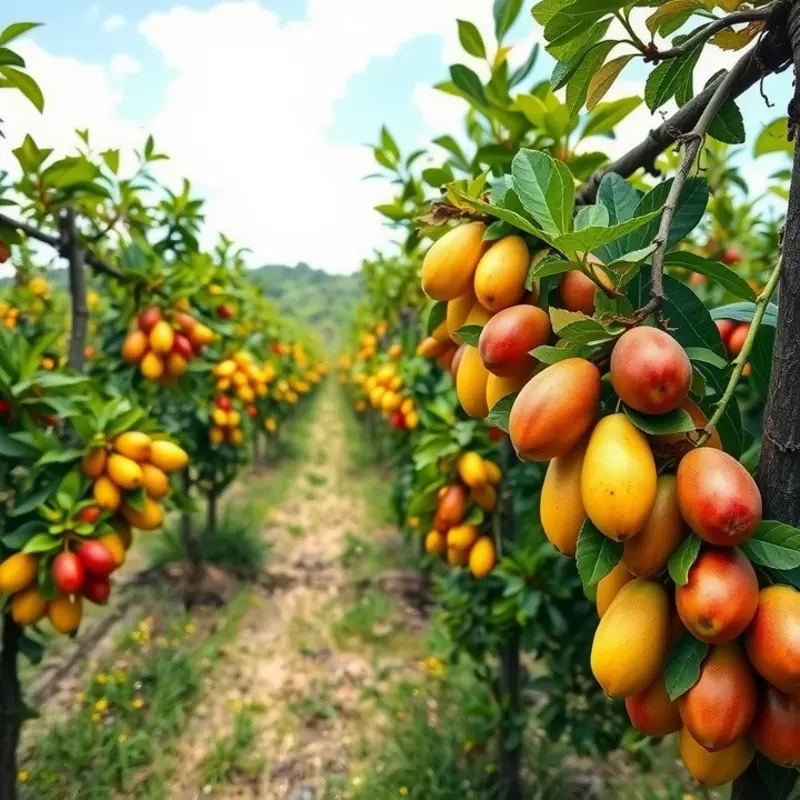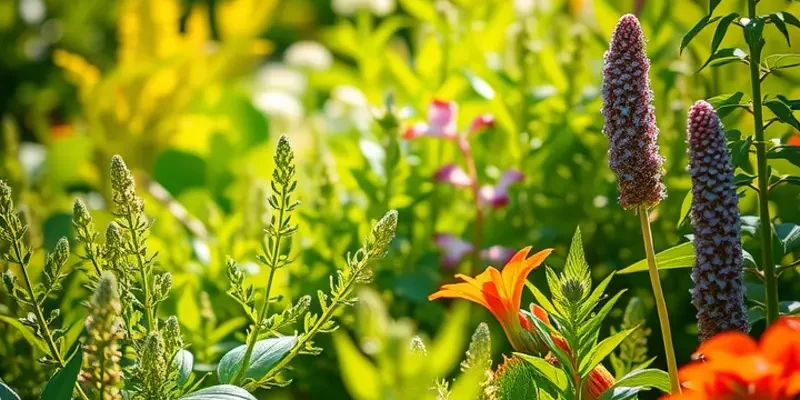Across the world, ancient culinary practices weave a rich tapestry of flavors, techniques, and rituals that tell stories of generations. From herbs and spices passed down through families to food festivals celebrating local harvests, the wisdom of our ancestors remains alive in modern kitchens. These age-old traditions not only nourish the body but also connect communities, preserving cultural identities around the globe. Join us as we uncover the beauty and diversity of ancient culinary wisdom, and discover the recipes and rituals that continue to inspire today’s gastronomic enthusiasts.
The Spice Route: Flavor Traditions from East to West

From the bustling bazaars of the East to the grand kitchens of Europe, the spice route has been a transformative force in culinary history. Spices, once as precious as gold, were sought after for their ability to elevate a dish beyond the ordinary. The journey of spices from East to West is a tale steeped in cultural exchange and gastronomic innovation.
The allure of spices like cinnamon, black pepper, and cloves lured explorers to uncharted territories. Ancient civilizations, such as those in India and China, were the epicenters of spice production. These cultures not only cultivated these treasures but also perfected the art of blending them to create unique flavor profiles. In India, for example, the intricate blend of spices known as garam masala is central to countless dishes. Each region has its own version, tailored to local tastes and the availability of ingredients.
In the East, spices were more than just flavorings. They held medicinal properties and were integral to traditional medicine. Cinnamon was often used to treat ailments and energize the body. Similarly, ginger, with its robust and spicy nature, was used to aid digestion and ward off cold symptoms. The health benefits of these spices remain valued today, mirrored in modern holistic practices.
As spices made their way to Europe, they began to weave into Western culinary traditions. Before long, black pepper became a staple in the homes of the elite, transforming Italian and French cuisine. Vanilla, initially discovered in Mexico, became one of the most coveted flavors in European sweets. The quest for spices also led to influential dishes such as the ‘Jamaican Jerk,’ a vibrant blend infused into grilled meats, showcasing the fusion of traditional African and European techniques.
The exchange between East and West through spices transcended taste to reflect social and economic shifts. European colonial powers vied for control over spice-producing regions, reflecting the high demand and the economic importance of these flavors. The introduction of spices like saffron in Spanish cuisine and nutmeg in Dutch kitchens opened new culinary avenues, enriching the flavor palette of these regions.
Today, our appreciation for these ancient spice routes can be seen in the global fusion of flavors and techniques. Culinary traditions continue to innovate, adapting ancient practices to without losing their essence. As we explore this rich heritage in our own kitchens, it’s important to remember that spices are more than just ingredients; they are symbols of our interconnected histories.
For those interested in experimenting with spice blends or seeking alternatives to traditional ingredients, consider exploring recipes that emphasize natural flavor boosters as discussed here. These explorations highlight how the essence of ancient spice traditions can still enhance modern culinary practices. With a sprinkle of creativity and a pinch of history, the journey along the spice route continues in kitchens around the world.
Rituals on a Plate: Food as Cultural Heritage

Food as cultural heritage is as ancient as humanity itself. Across diverse cultures, culinary practices carry the weight of history, rituals, and identity. Ancient cuisines have not only nourished but also shaped societal structures and spiritual beliefs, creating a web of traditions that persist in modern times.
Harvest festivals exemplify this enduring link between food and tradition. These celebrations honor the cyclical nature of agriculture and community. In India, Pongal is a festival dedicated to thanking the sun god for a bountiful harvest. The preparation of sweet rice, cooked with milk and jaggery, symbolizes abundance and gratitude. Such dishes embody the reverence for the land and its produce.
Similarly, the Thanksgiving tradition in North America, though modernized, traces its roots back to harvest celebrations. The meal, centered around turkey, cranberry, and pumpkin, serves as a homage to the initial feasts shared between Indigenous peoples and settlers. This ritual meal has transformed over time but still reflects themes of community and sharing.
Ritual meals often hold sacred significance. In Jewish culture, the Shabbat dinner blends spiritual practices with familial bonding. The Challah bread, with its braided form, is not merely food but a symbol of unity and continuity. Each ingredient—flour, water, and honey—mirrors the essential values of rest and reflection that Shabbat aims to cultivate.
In Asia, the art of tea ceremonies illustrates the ritualistic nature of food and drink. In Japan, the chanoyu ceremony emphasizes aesthetics and mindfulness. Every element of the ritual, from the selection of utensils to the brewing of matcha, is meticulously curated. This cultural practice not only preserves ancient traditions but also imparts philosophical teachings about simplicity and presence.
Traditional recipes offer more than culinary delight; they act as vessels of historical narratives. These dishes reveal stories of trade, migration, and adaptation. For instance, the culinary landscapes of Southeast Asia have been enriched by the ancient spice trade routes. The flavors from these exchanges have shaped the regional recipes still enjoyed today. Explore how culinary influences shaped global trade here.
Moreover, food connects people across generations. Recipes are often passed hand-down as cherished family treasures. In Italy, the making of pasta by hand is both an art and a duty transferred through generations. The tactile experience of crafting dough and the communal act of sharing the finished dish forge deep familial bonds.
The preservation of these culinary traditions continues to hold ethical and practical significance. In an era of globalization, maintaining such practices challenges cultural homogenization. They are reminders of biodiversity and the intricate balance humans share with nature. As we adopt sustainable food practices, exploring ancestral methods offers pathways for ecological balance.
Culinary traditions serve as testaments to human resilience and creativity. Each dish tells a story steeped in cultural layers and shared history. By embracing the role of food in rituals, we nourish not only our bodies but also our connection to past and future generations.
Final words
Ancient culinary wisdom serves as a bridge between past and present, enriching our modern diets with flavors and stories. From the spice-laden paths of trade routes to the sacred rituals surrounding food, these traditions are alive, waiting to be rediscovered. As food enthusiasts and culturally-curious individuals, embracing these practices not only nurtures our culinary skills but also fosters respect for diverse cultures. By incorporating ancient recipes into our lives, we partake in a global narrative, honoring the knowledge that has been passed down through generations. Let these culinary tales inspire new adventures in your kitchen!








